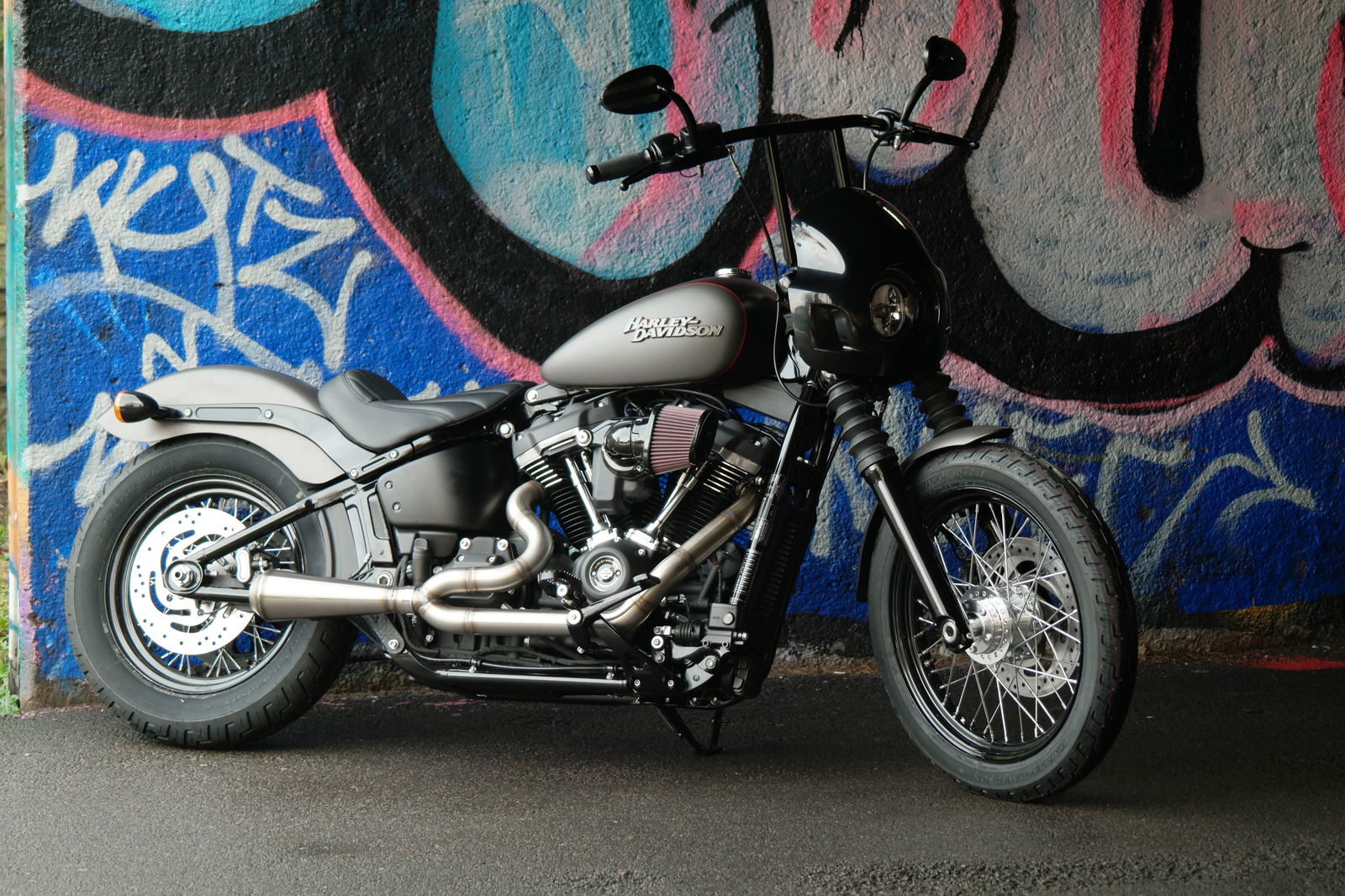Why Harley-Davidson’s bold vision should return it to former glories
With trade tariffs from Washington, an aging customer base and competition muscling on its territory, Visordown asks, will Harley-Davidson survive this rough patch?

IT’S no secret it’s been a tough couple of years for Harley-Davidson, with President Trump’s trade-war on imports, kick-starting a tit-for-tat squabble that saw big overseas premiums on a number of US brands, with Harley-Davidson unwittingly becoming the subject of negative global coverage as the most seriously affected. With that in mind, Visordown asks, can Harley-Davidson survive?
And it doesn’t stop there, with Harley-Davidson last month reporting that its full-year motorcycle shipment forecast of an expected 212k to 217k bikes was down from its April forecast of between 217k and 222k machines.
Harley even deviated off the patriotic script to claim the president’s trade sanctions were making business in corporate America more complicated than before. Then again, are you anyone now if you haven’t been called out by Trump on Twitter…
Even so, the trade tariffs are expected to hit the Milwaukee based company hard in the pocket, with an estimated $100m costs accrued, making it the highest-profile and biggest looser in the war against imports.
With so much doom and gloom, if you read between the lines, it’s hard to foresee any other than trouble for the iconic brand in years to come, but its chances of survival might be rosier than the bleak outlook suggests.

Why Harley won’t rely on the past to forge its future
For one thing, a major part of H-D’s problem is an ageing riding population and a range of bikes that have too long centred around the leather-clad, tassels and chaps riders. To counteract this the factory recently set out its ‘survival plan’ if you will, announcing a swathe of new models and never before explored niches for it to explore. The new bikes cover modern styled naked motorcycles, adventure machines and even electrically assisted pedal cycles, all of which are a massive departure for the 116-year-old company.

Add to that line up the bang-up-to-date electric Livewire and some restyled (but still unmistakably Harley-Davidson) cruisers, and the younger or newly qualified aspiring H-D rider is catered for better than ever before.
It’s also not the first time that Harley has had to weather such a storm, even surviving the great depression when the company’s sales fell from 21,000 to 3,700. And how did they manage to survive at a time when other US businesses were falling by the wayside? The same way it plans to get through this tough patch – it diversified.
As soon as the depression hit, Harley-Davidson got to work building industrial products using its V-twin powerplants as the basis for machinery that would help power everything from farming machinery to water pumps for mines. The low-stressed and easy to maintain V-twins were a perfect unit to help get the struggling American economy backfiring on all cylinders.

Dipping profits but no-one can afford to let Harley-Davidson fade
A lot of people also forget how much of a PR team's dream the Harley-Davidson brand is. People from virtually every corner of the globe will recognise the Harley-Davidson shield logo. It is also probably the most tattooed motorcycle brand on the planet, with people constantly striving to buy into the brand and the lifestyle that goes with it.
I’m willing to bet their apparel line generates more revenue per year than some full-scale manufacturers do by selling bikes! These are not the hallmarks of a company that’s about to go belly up now, are they?
Will Harley-Davidson survive?
The final point that makes me think that the death knell of Harley-Davidson is a long way off is its revenue. Even at the end of a tough 2018 (which saw shipments drop and tariffs start to take hold) H-D still claimed a consolidated revenue of $5.72 billion.
Even if that revenue dropped to as low as $2 billion dollars a year, Harley would still be one of the biggest automotive brands on the planet.
Don’t count this dog out just yet, it may be old but it’s learning some new tricks and has a sizeable bite compared to the new kids on the block.


